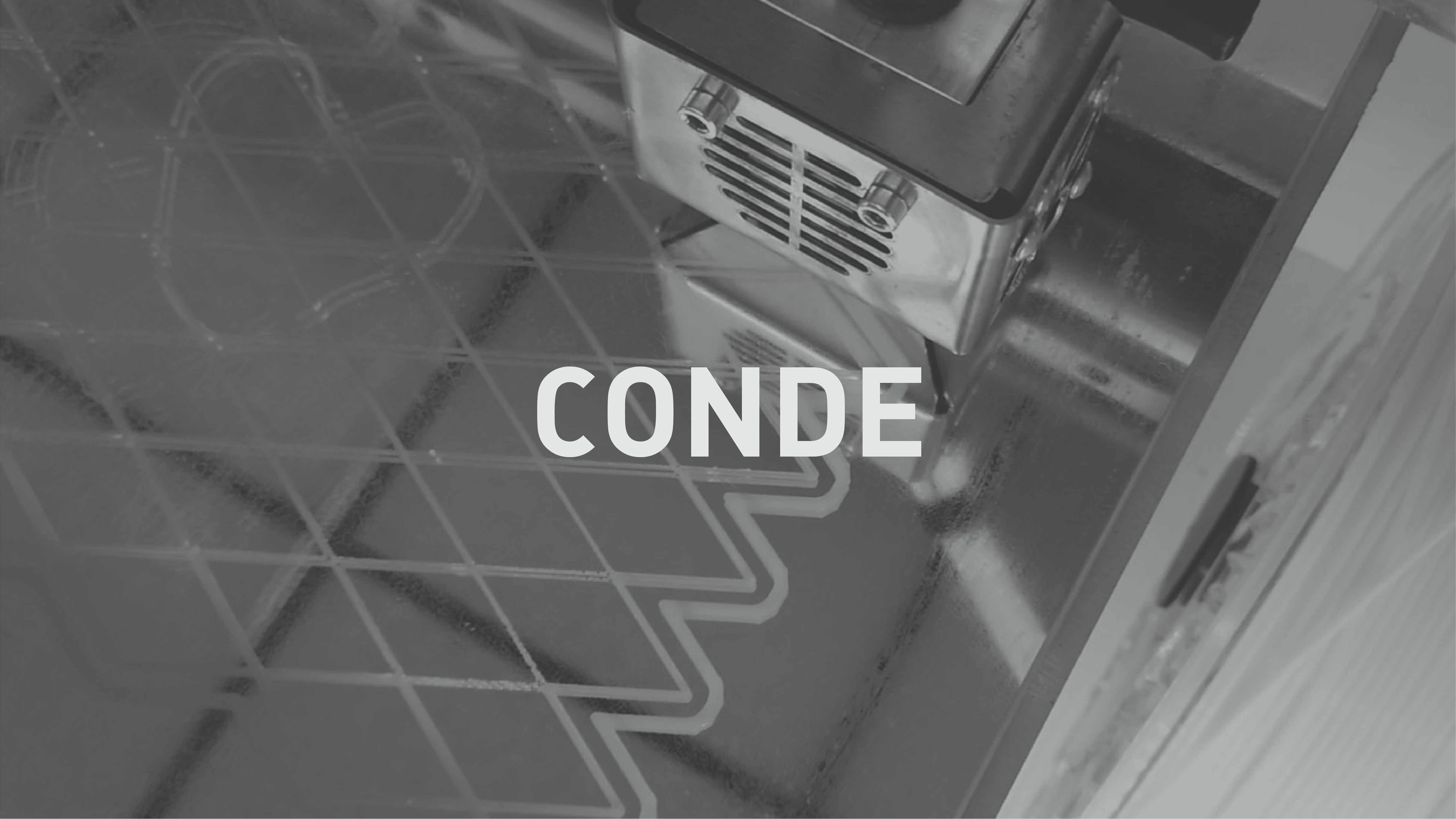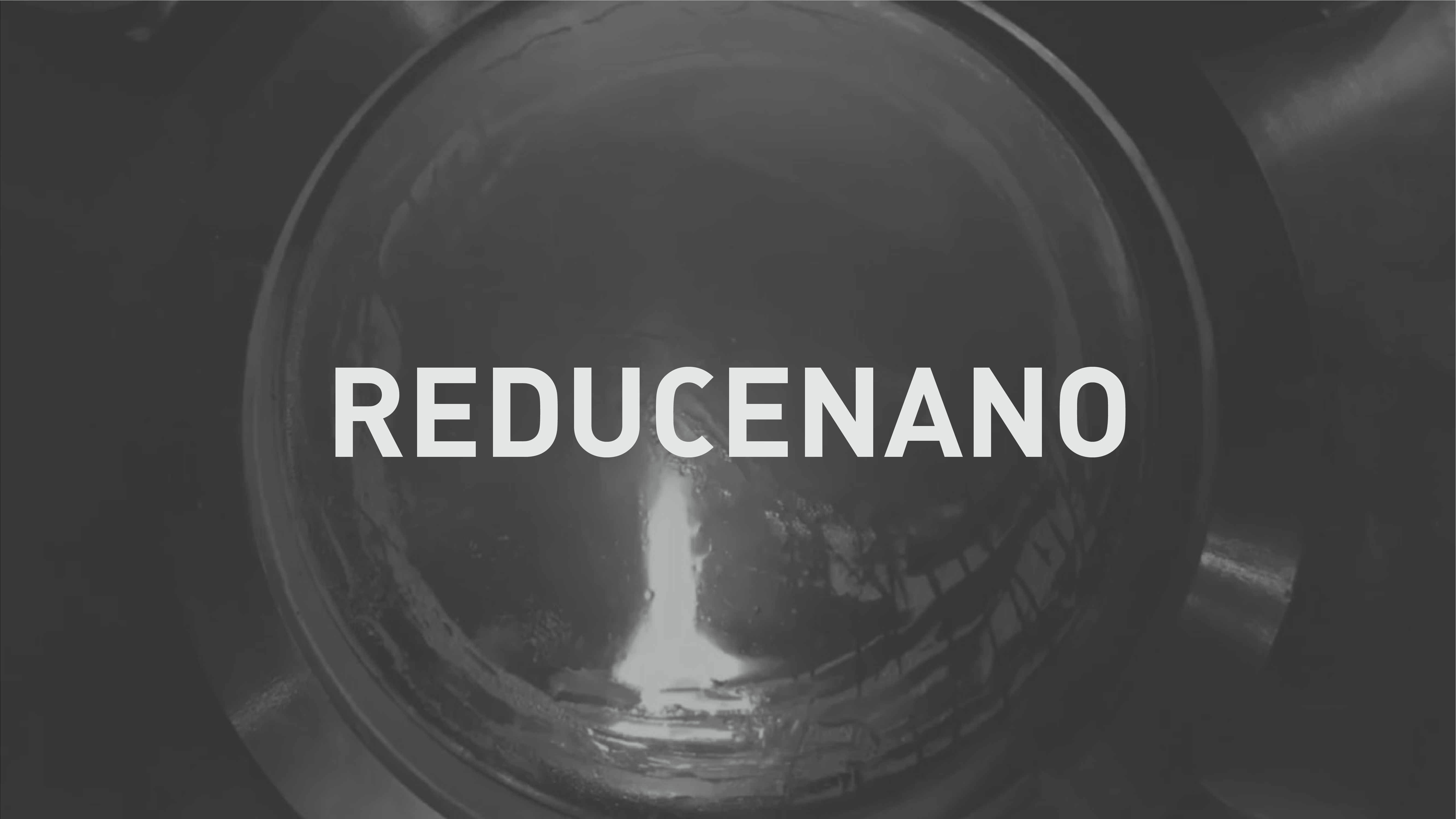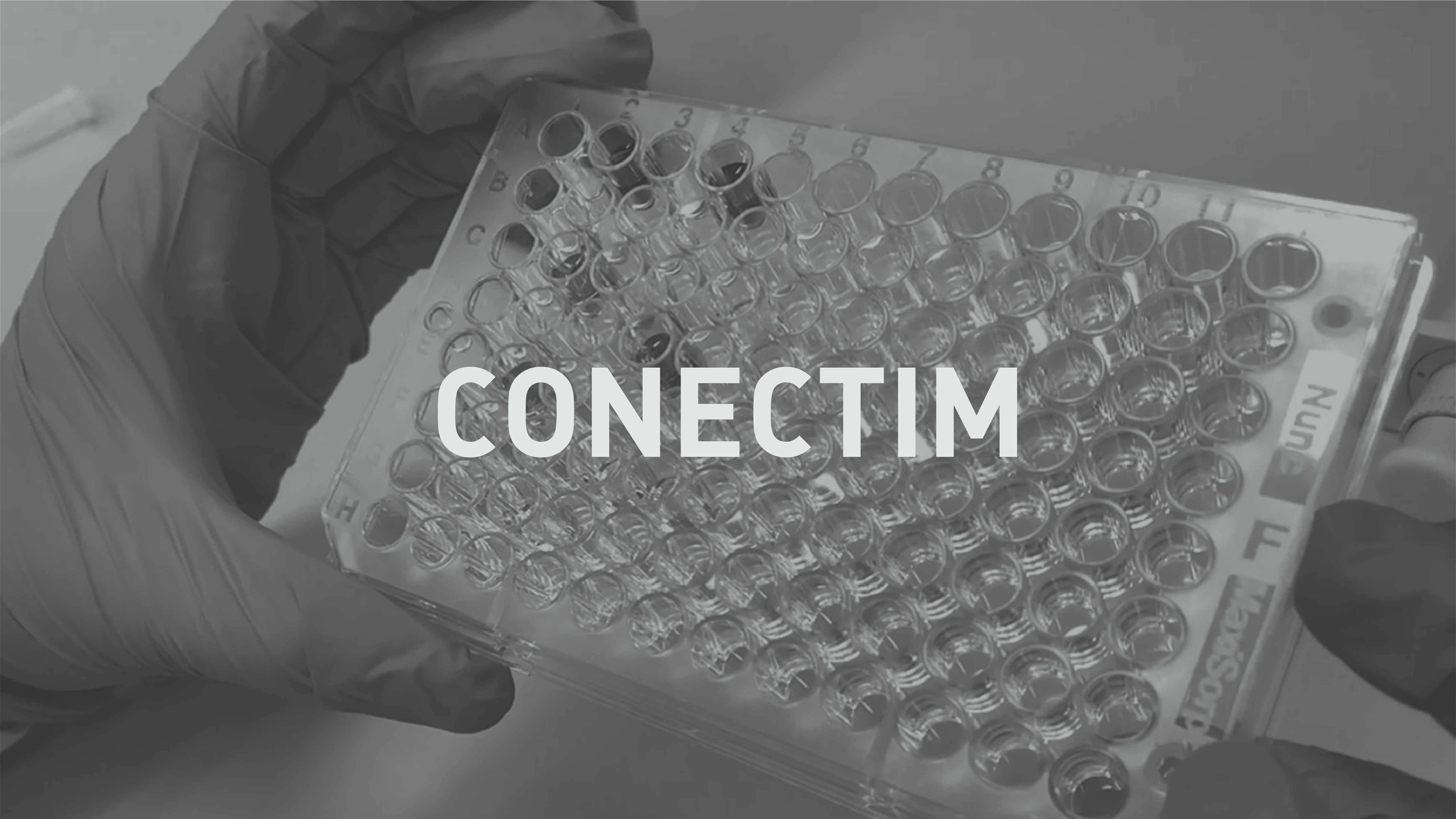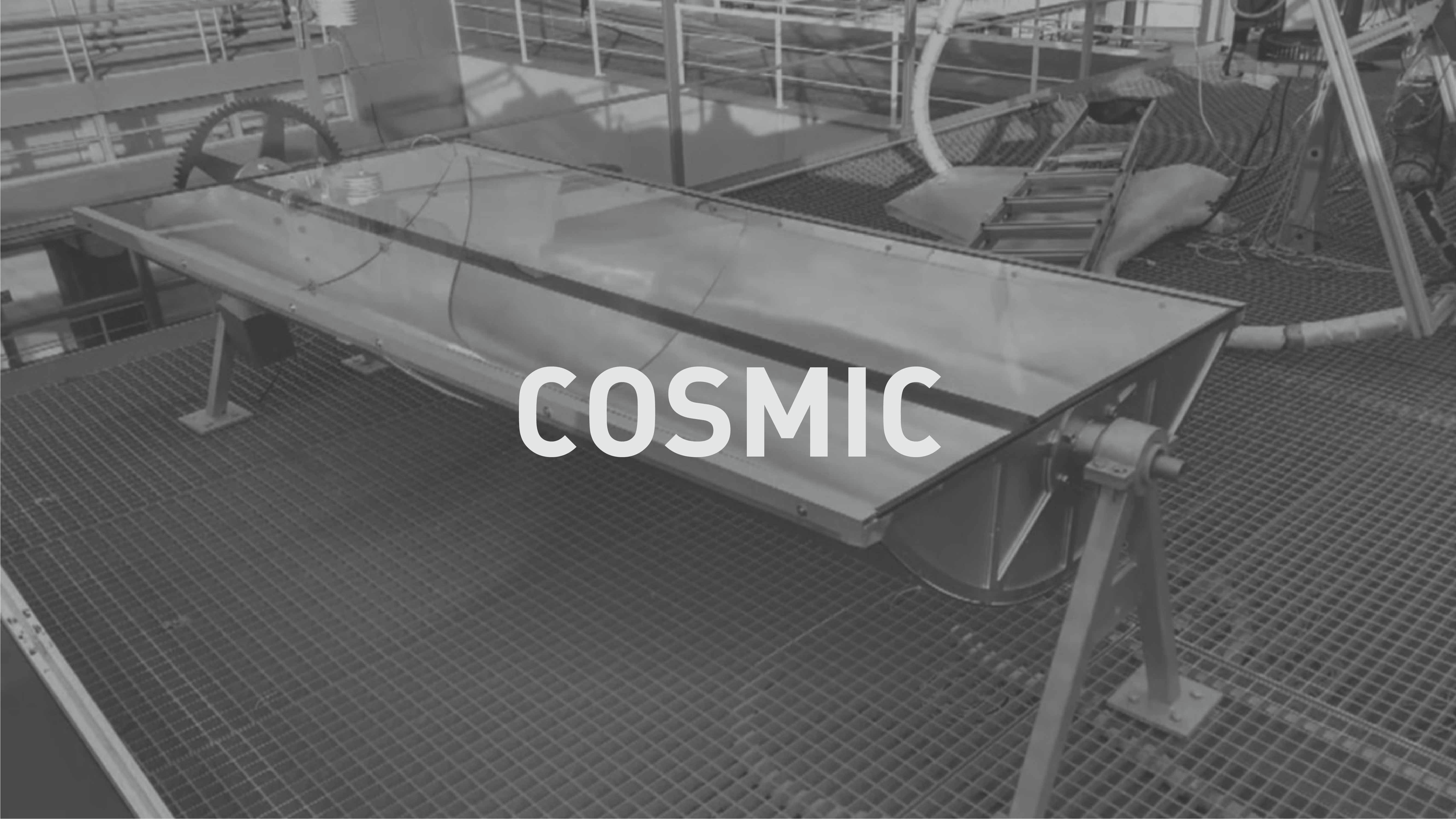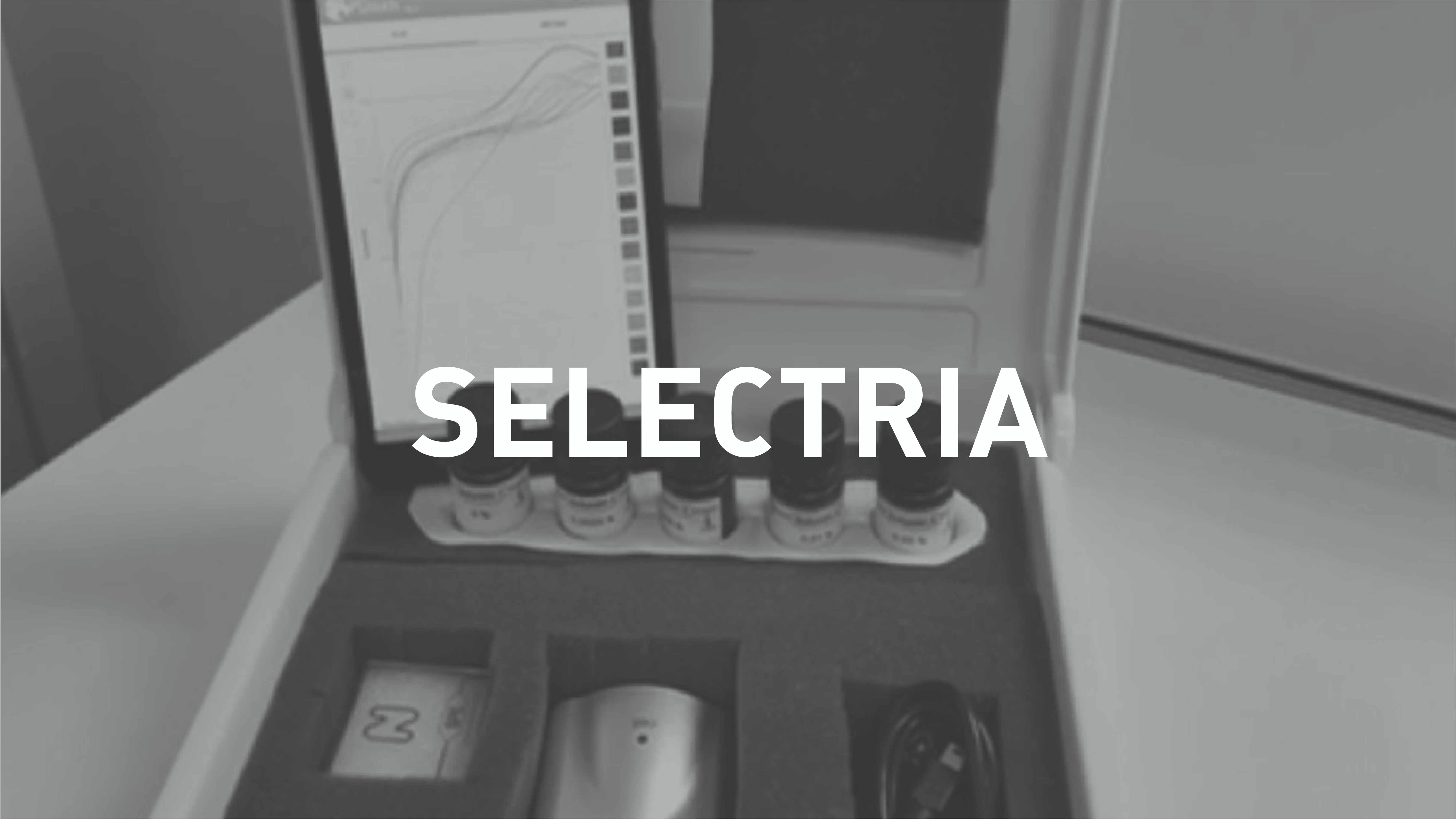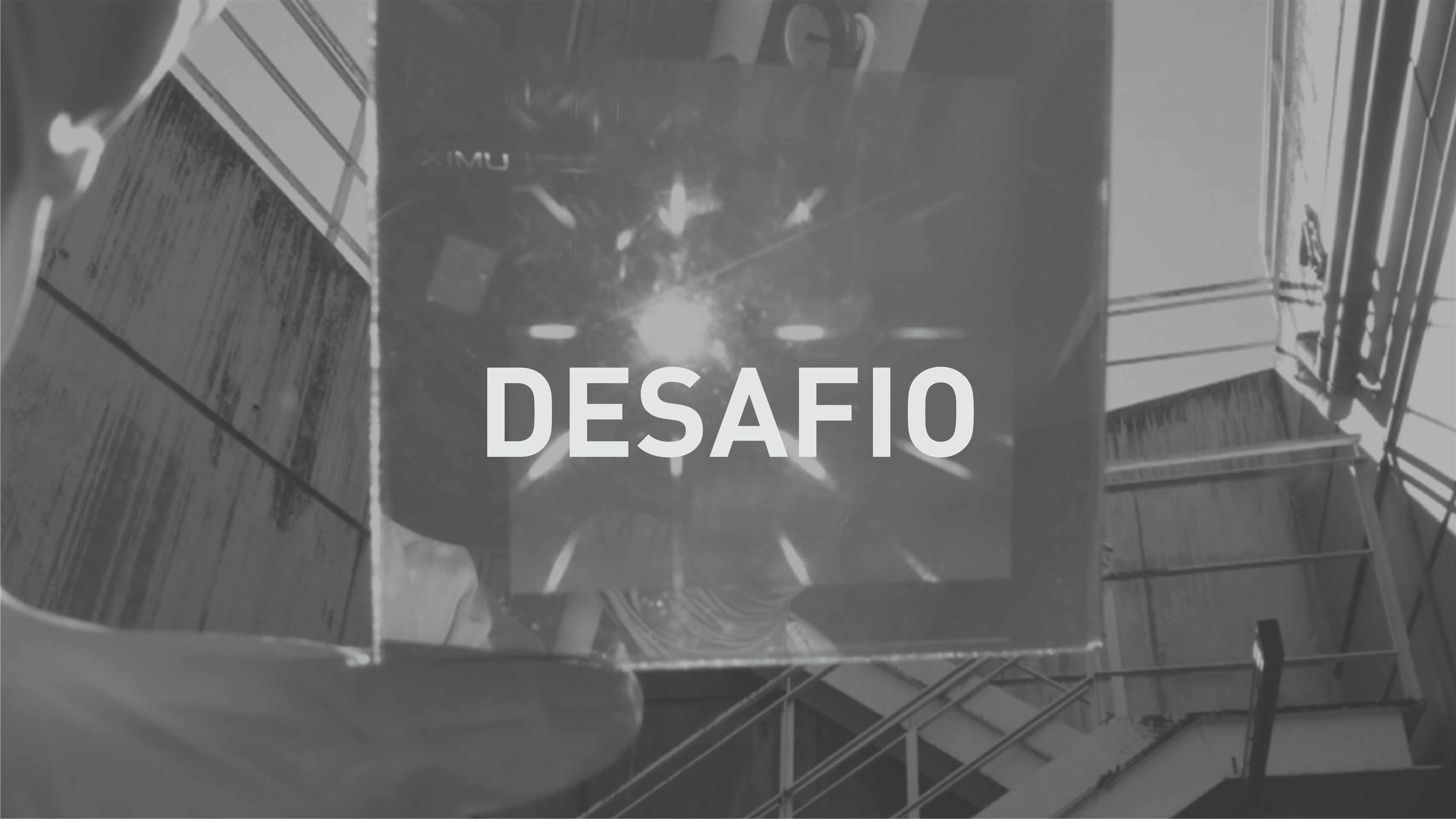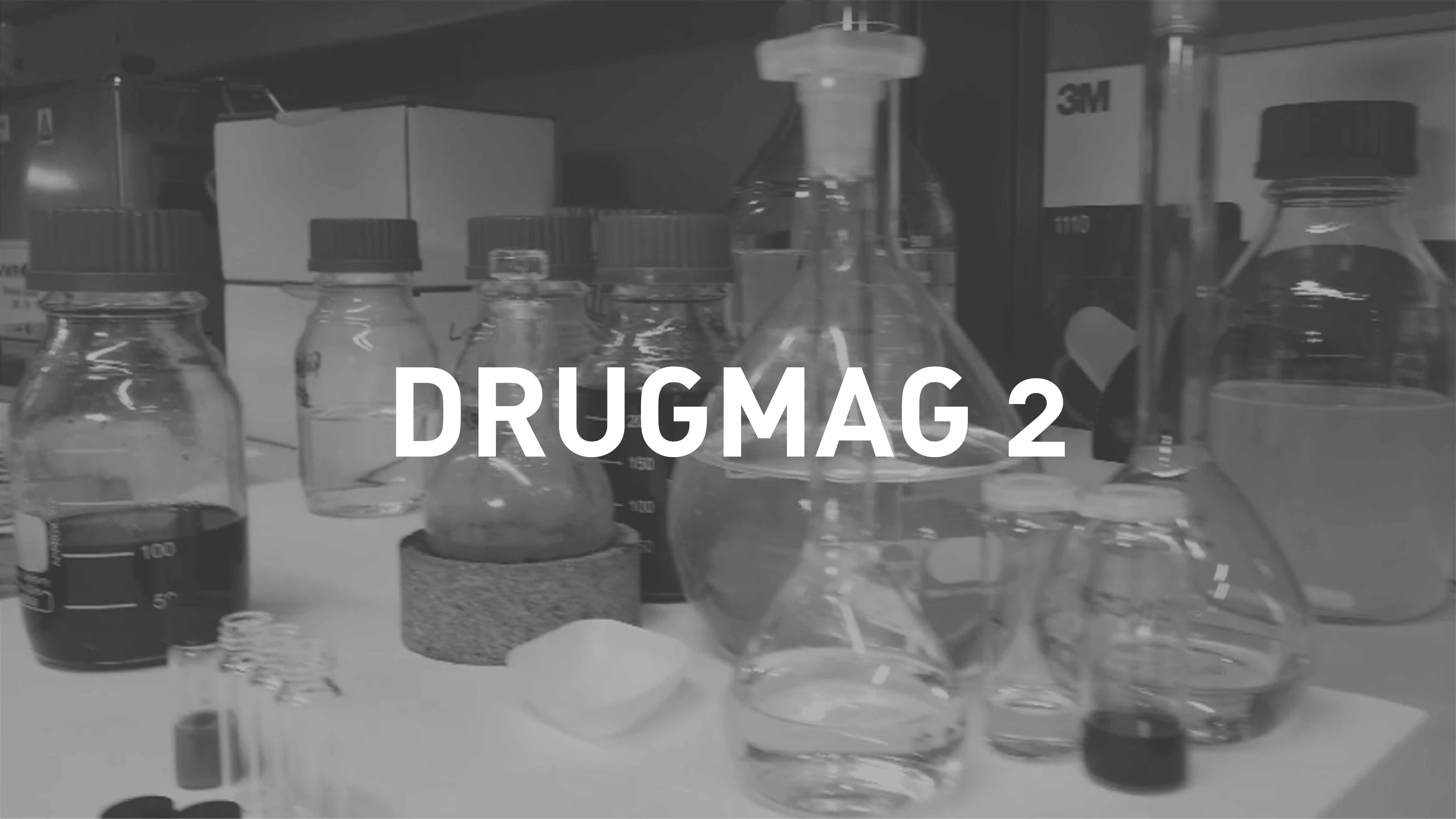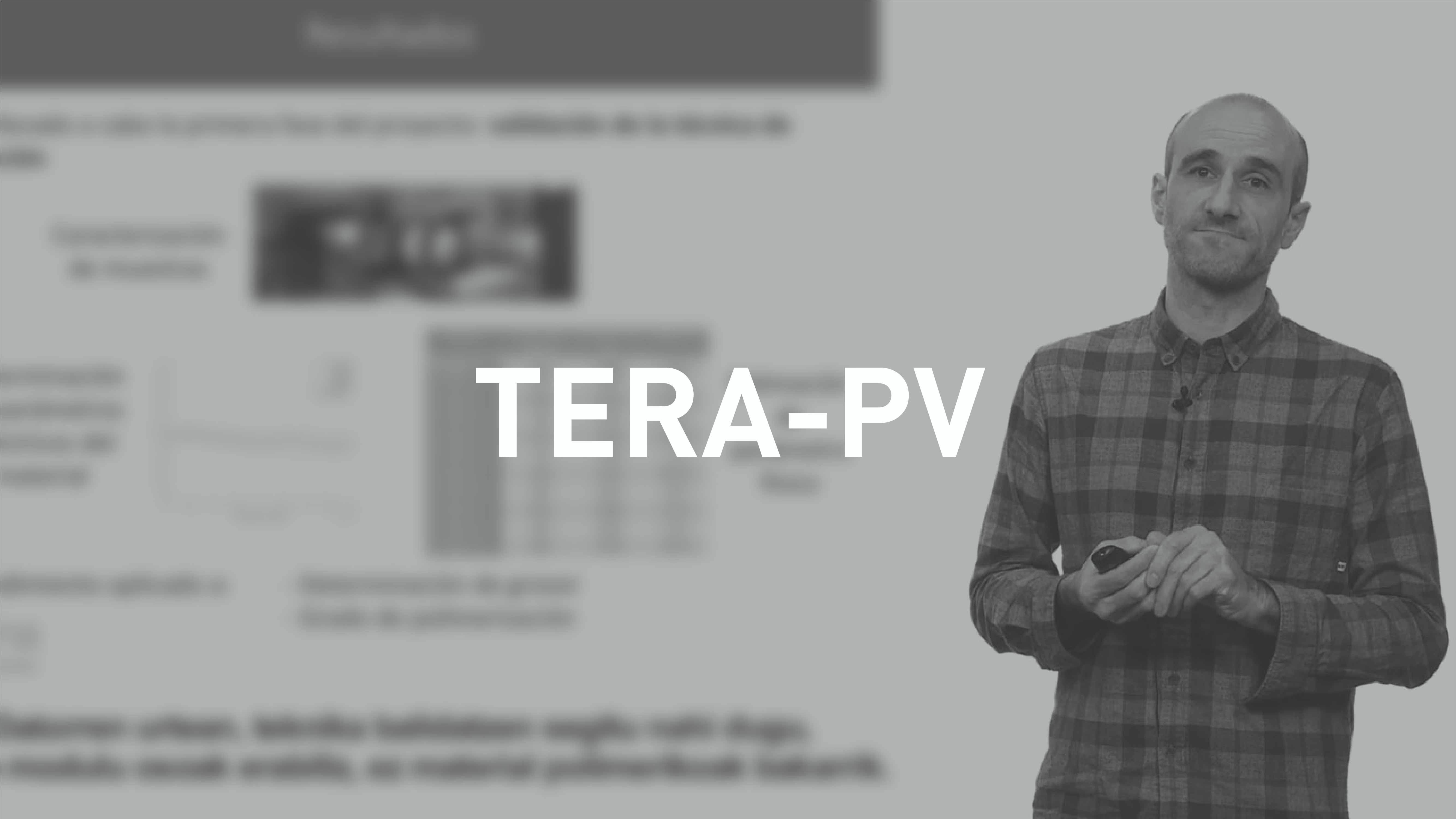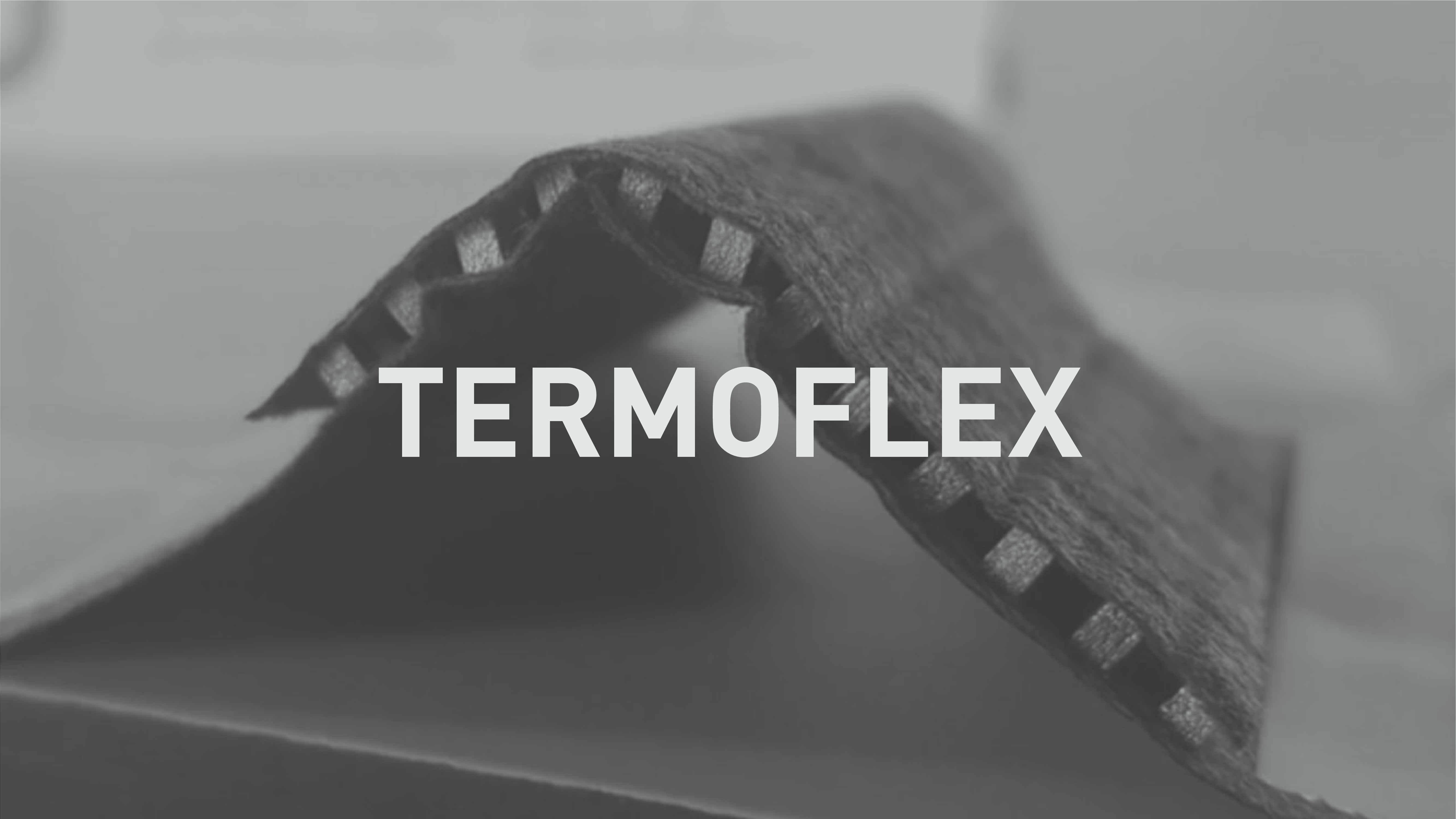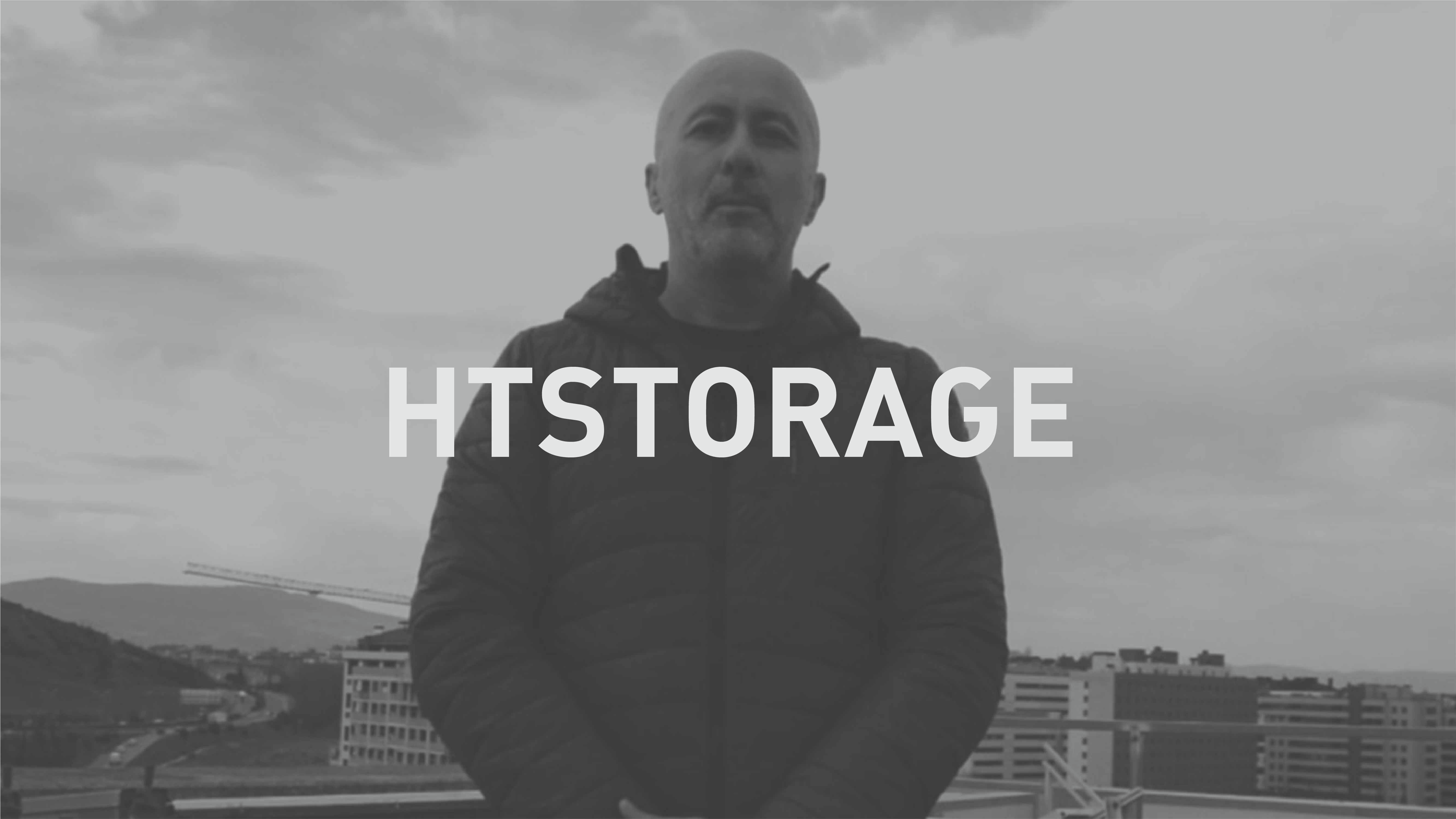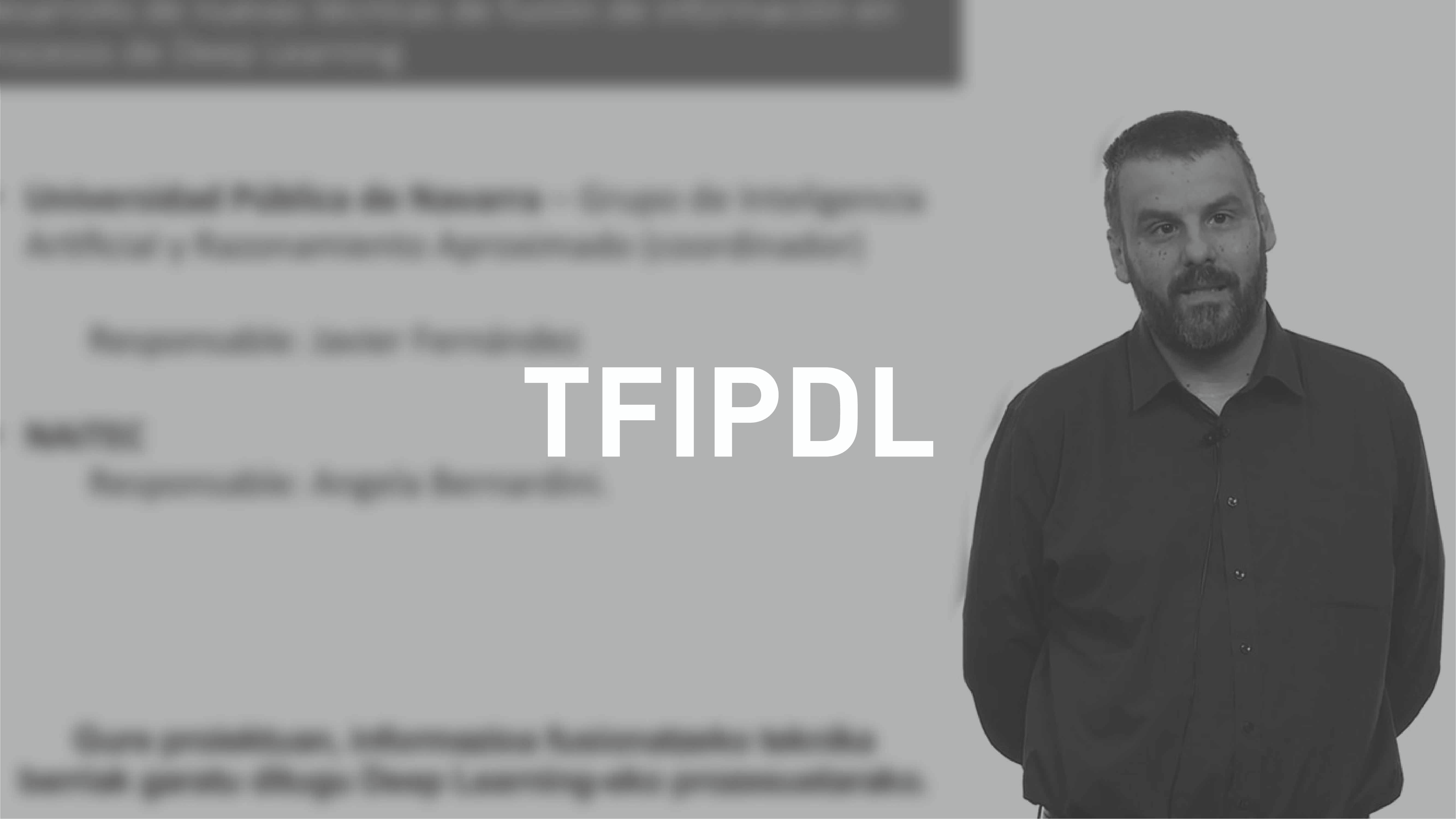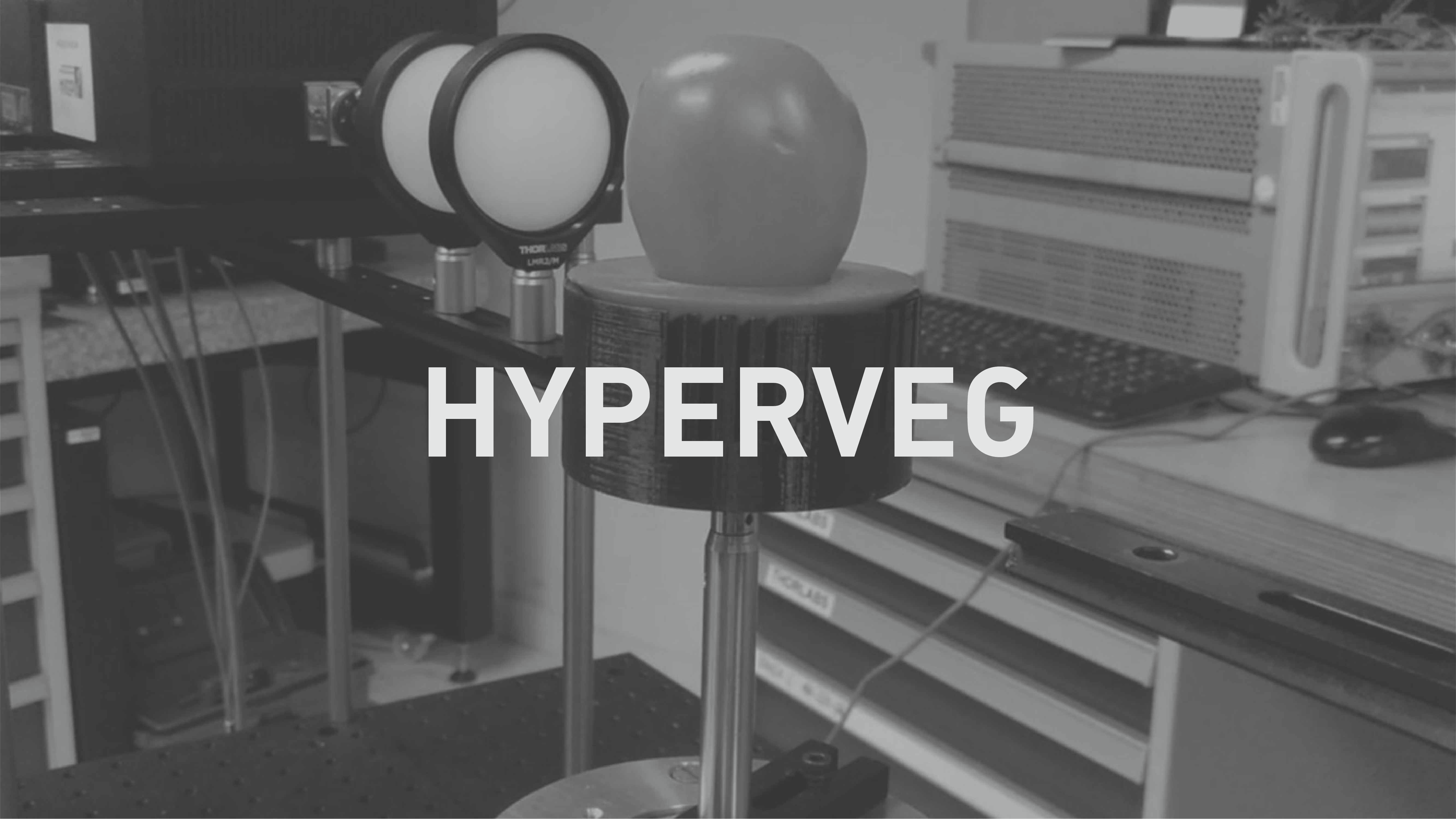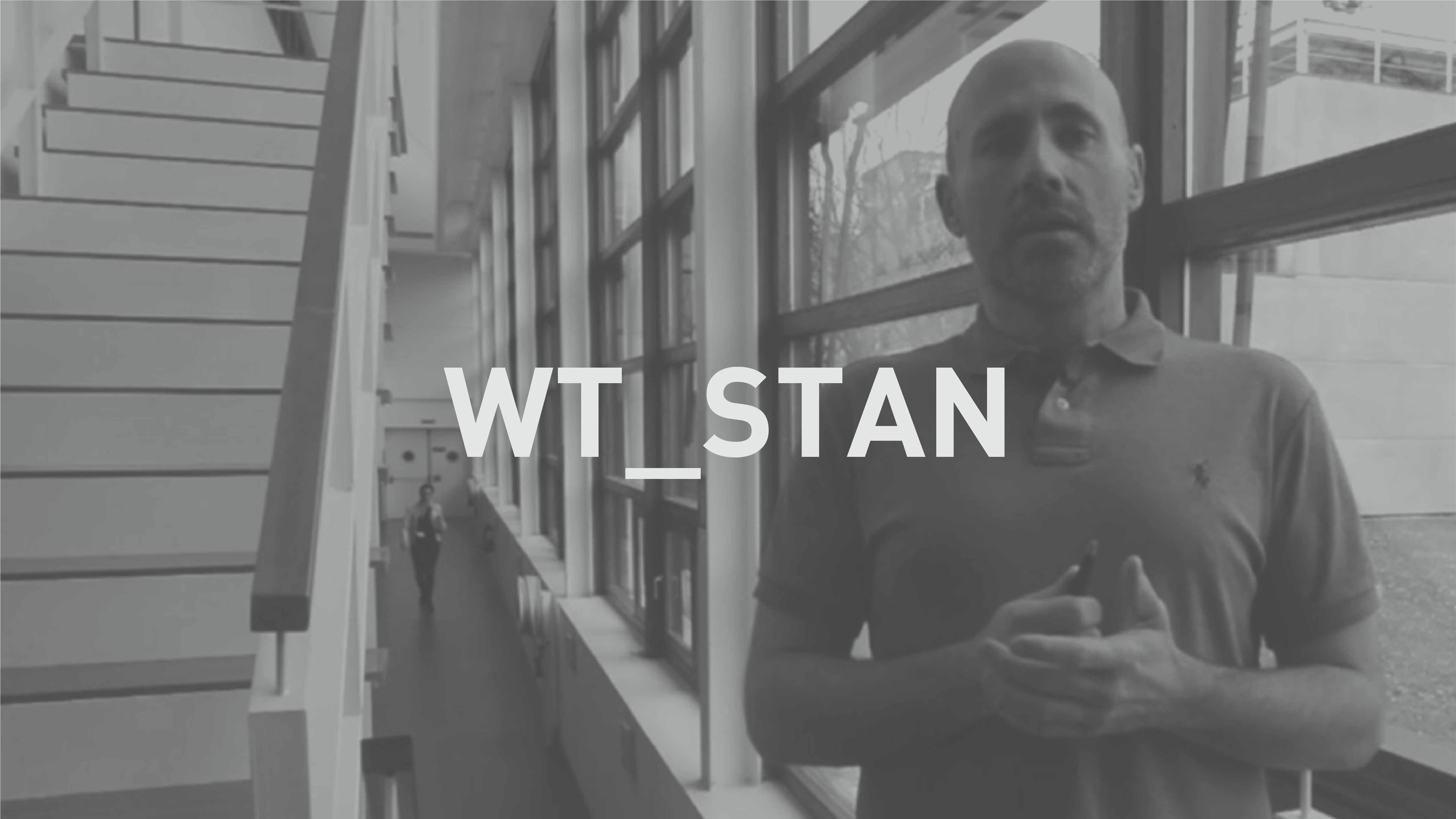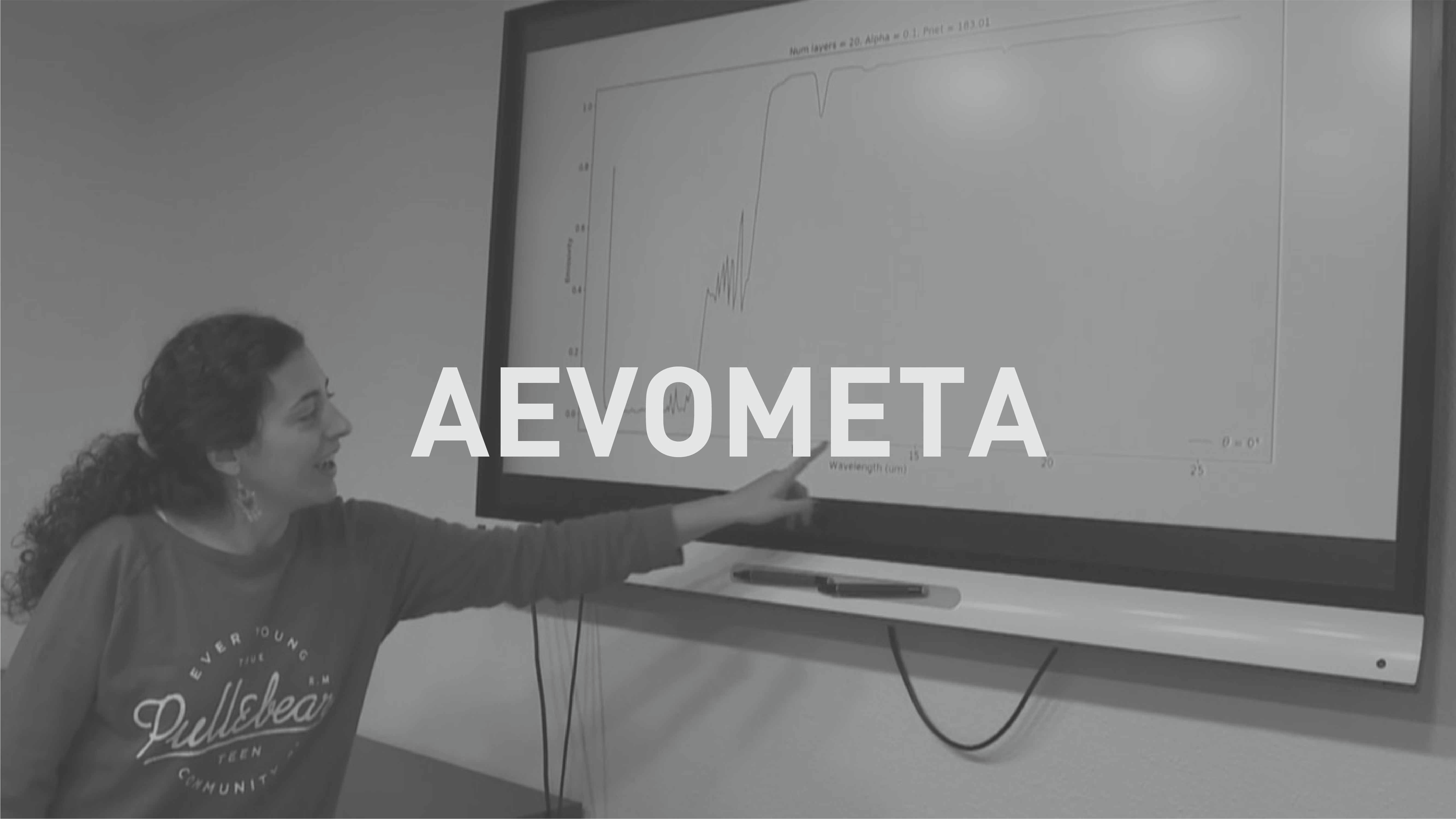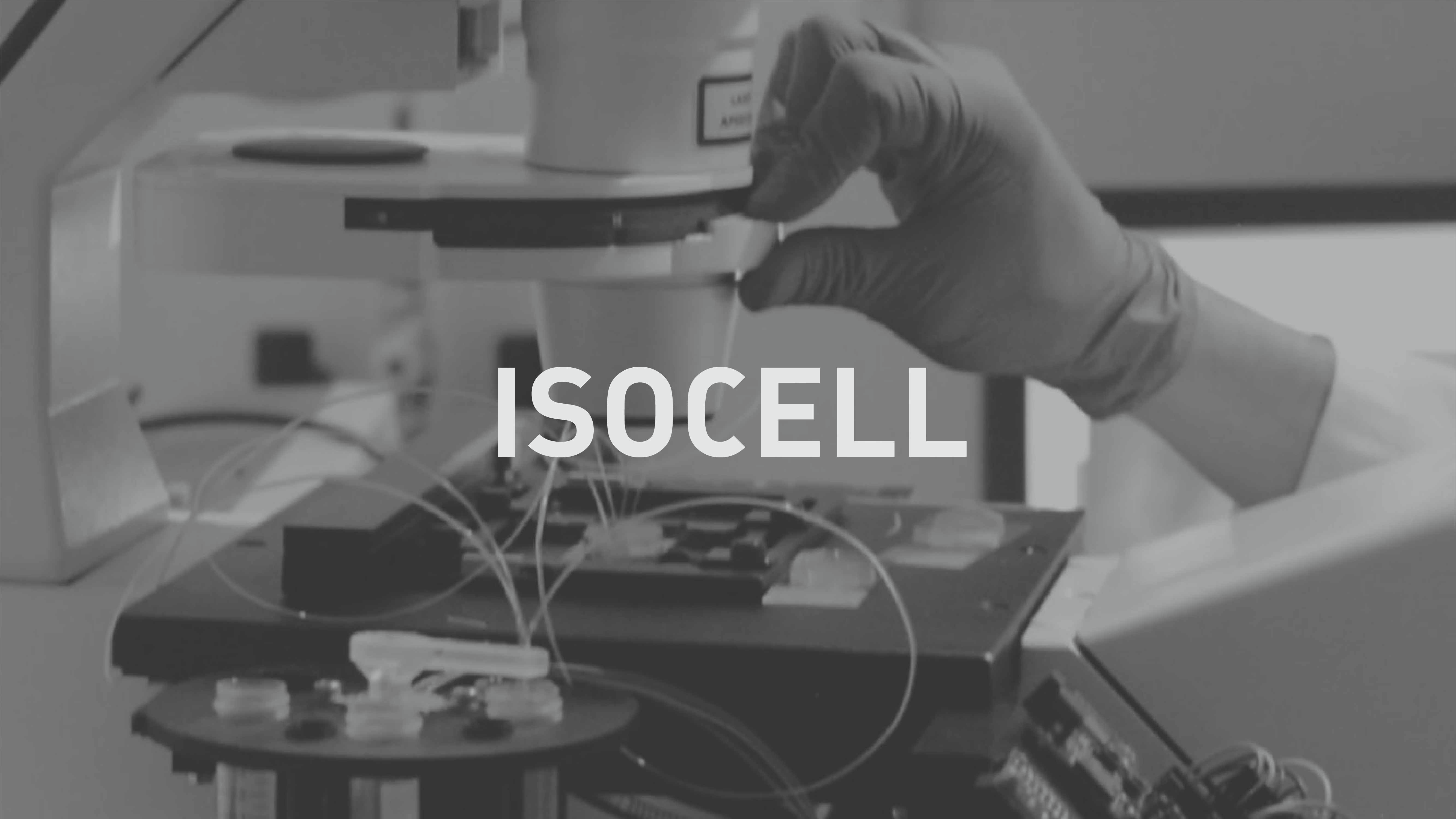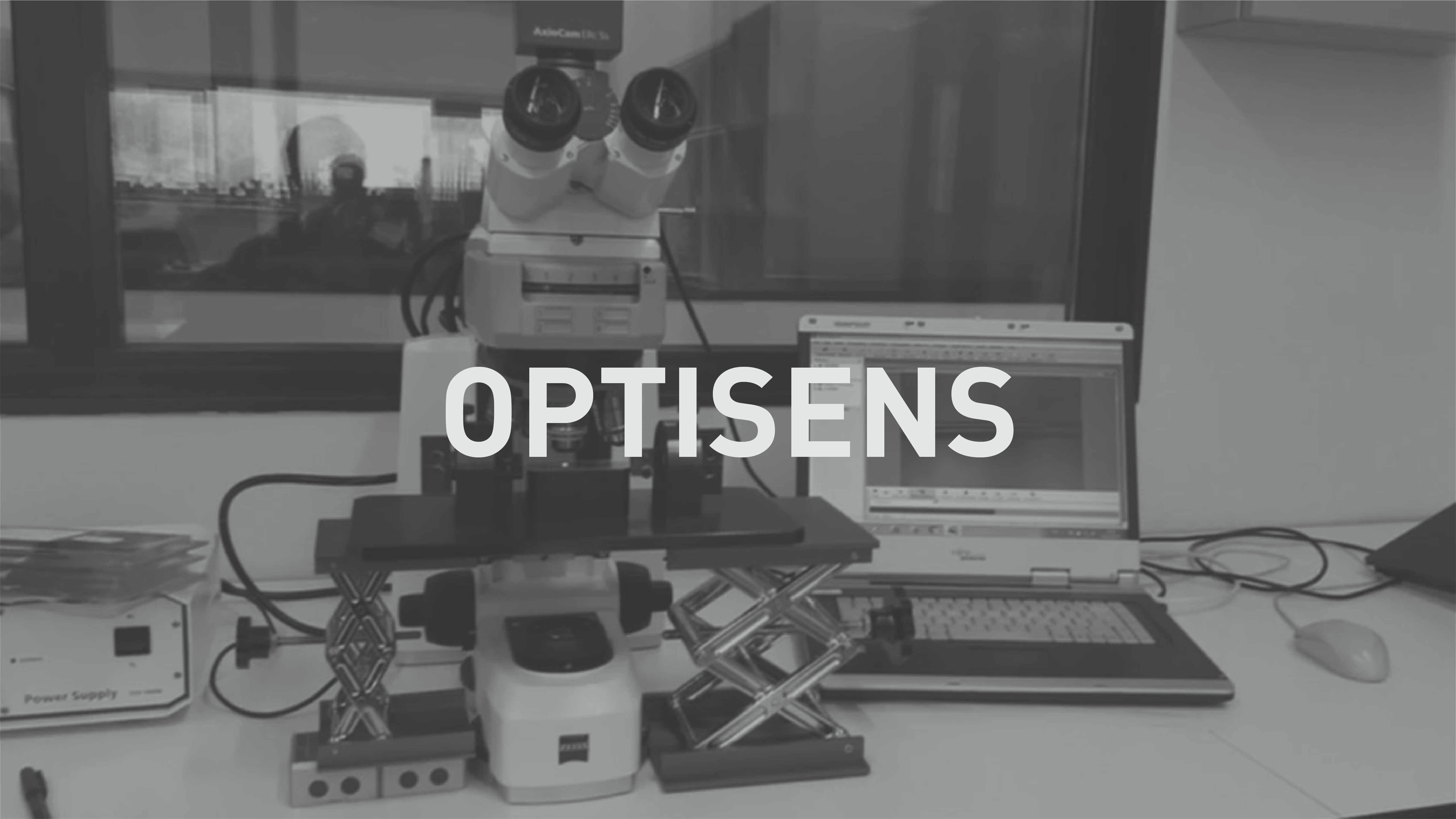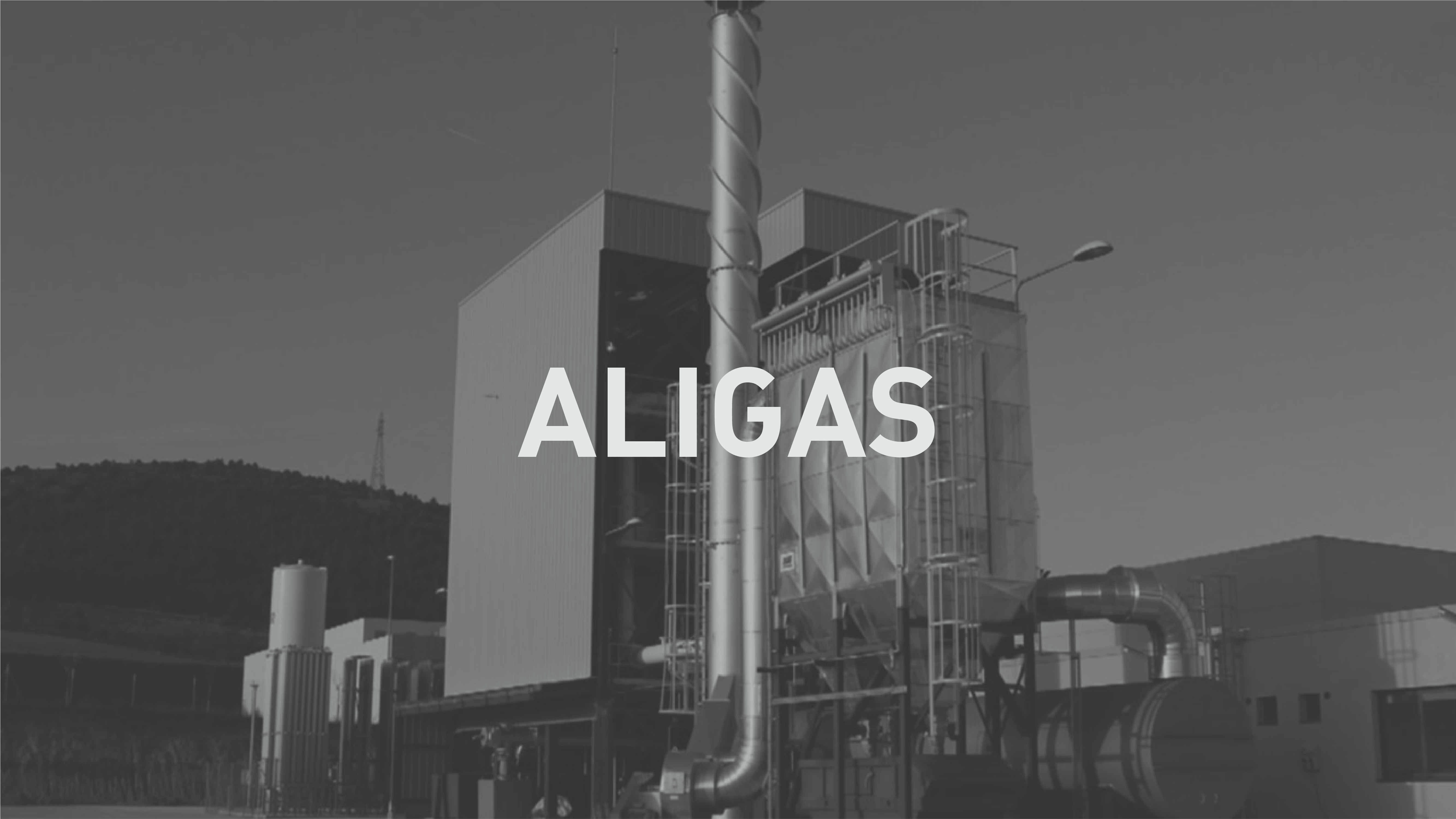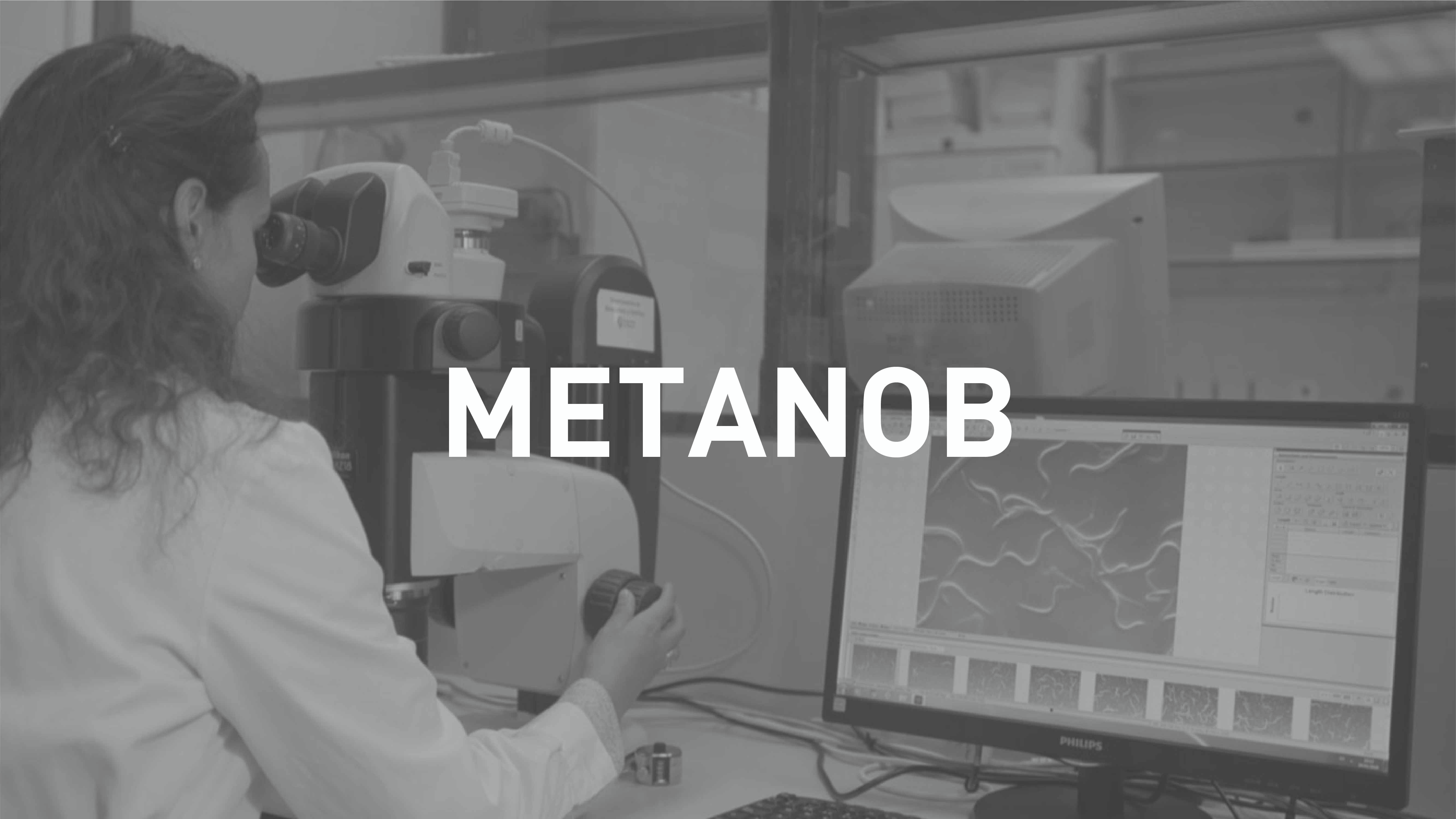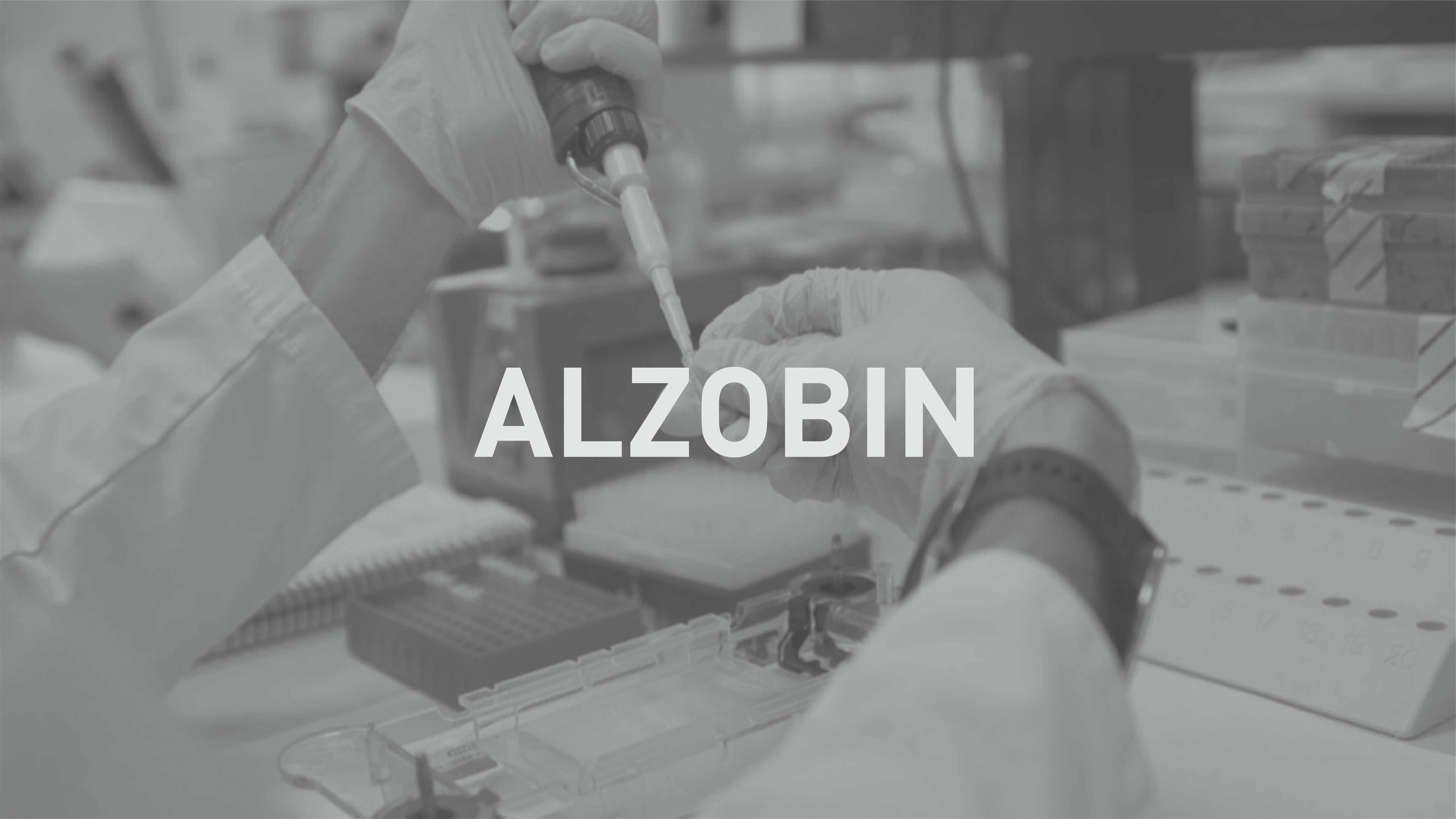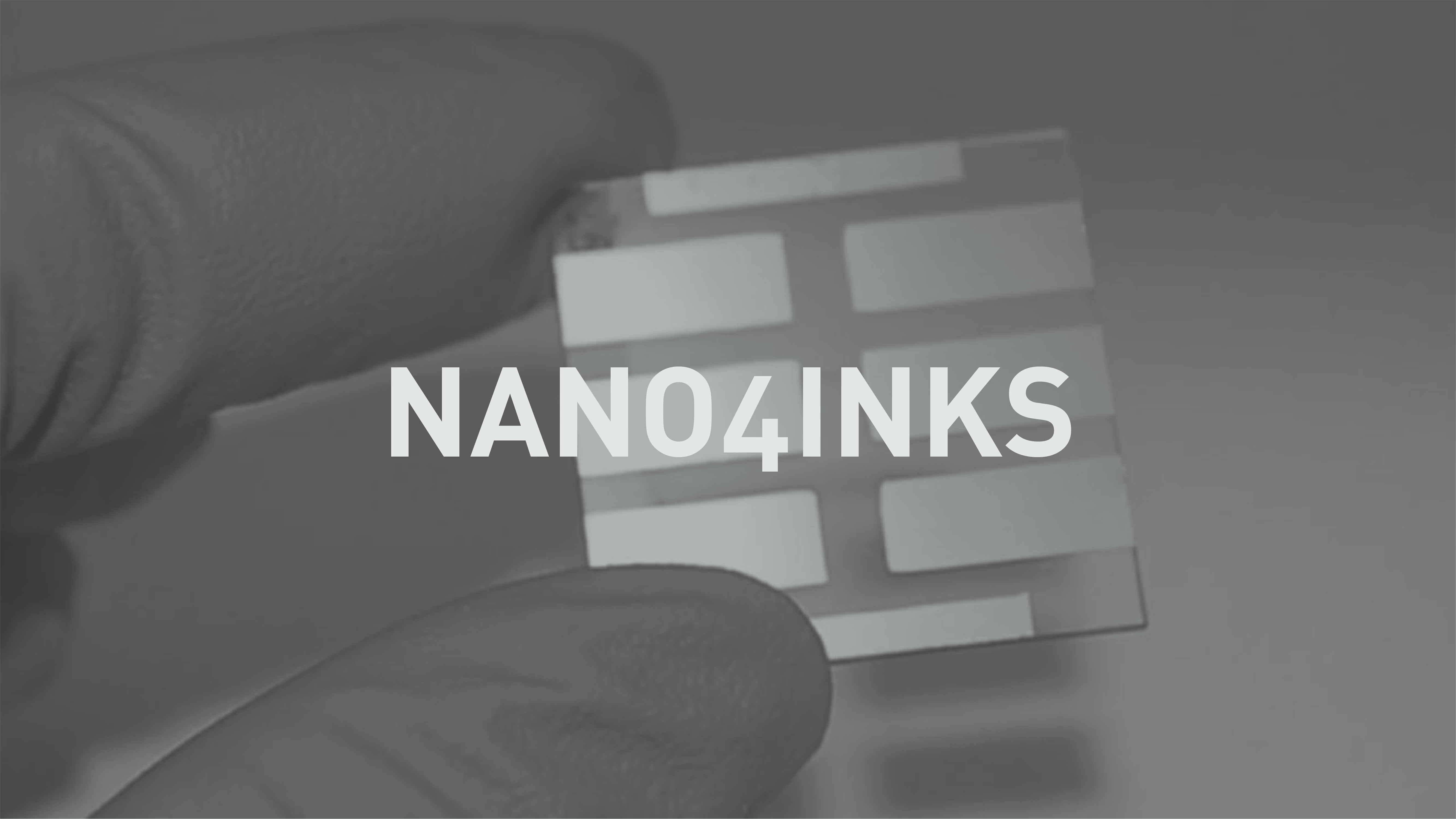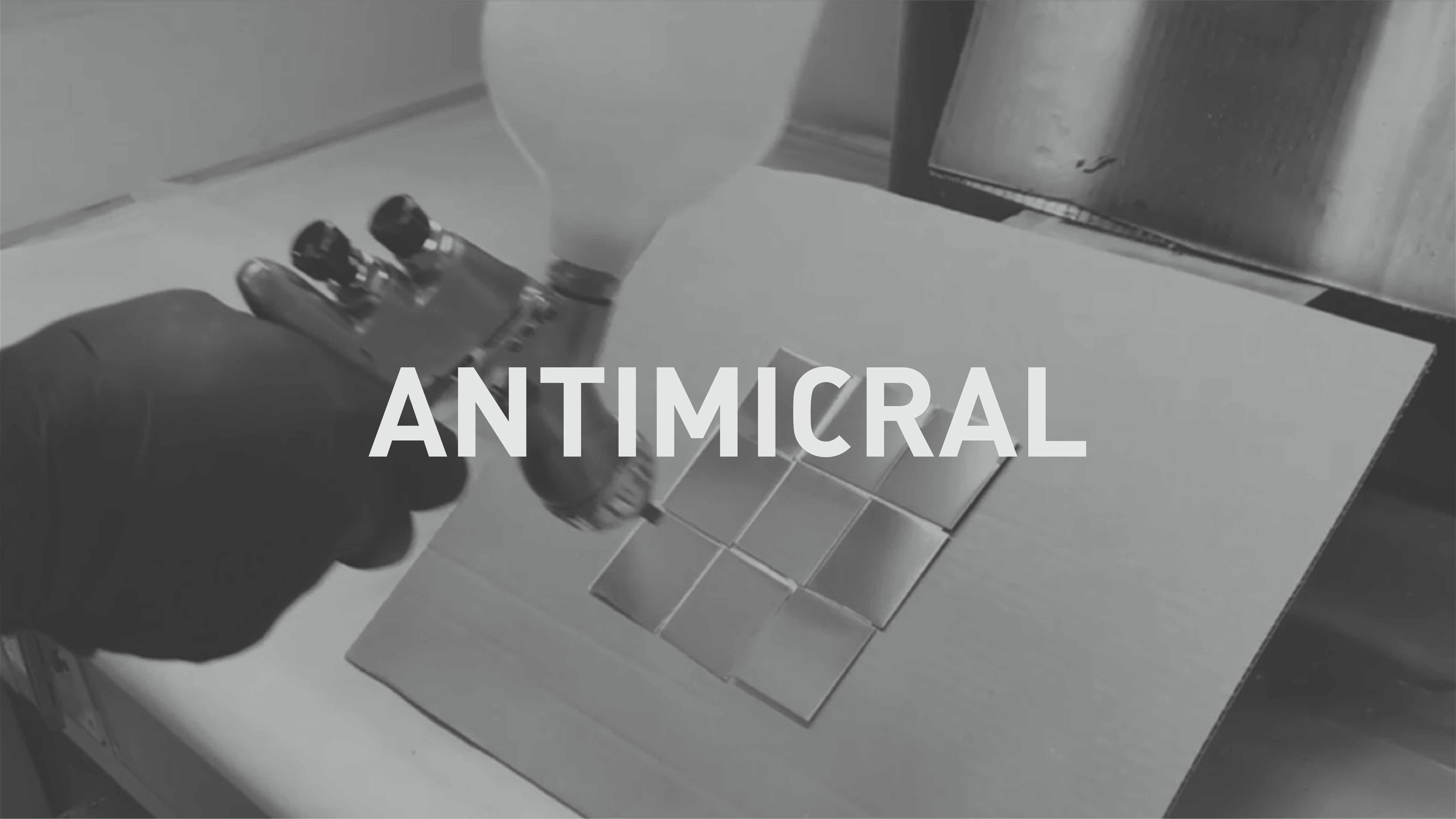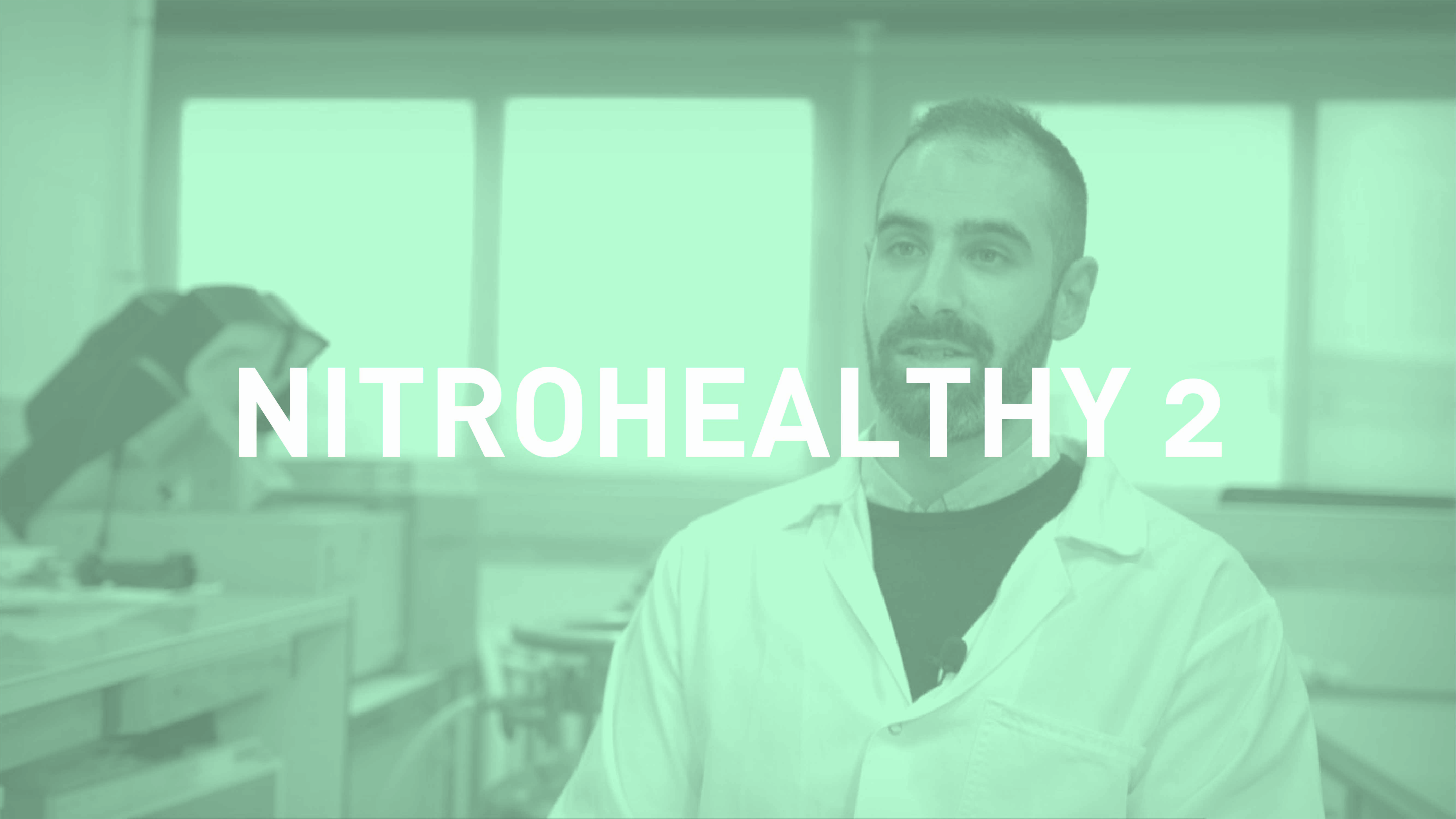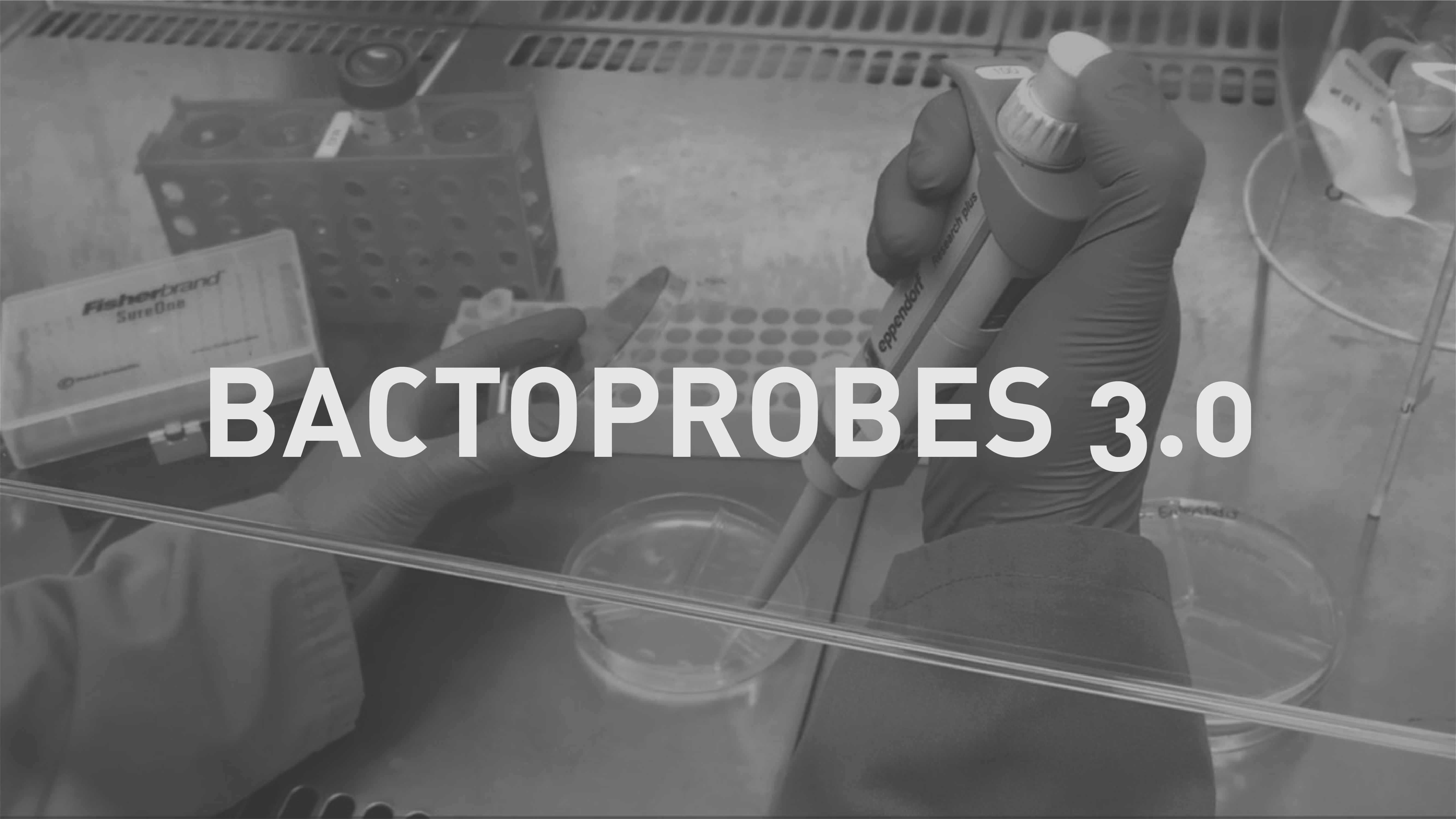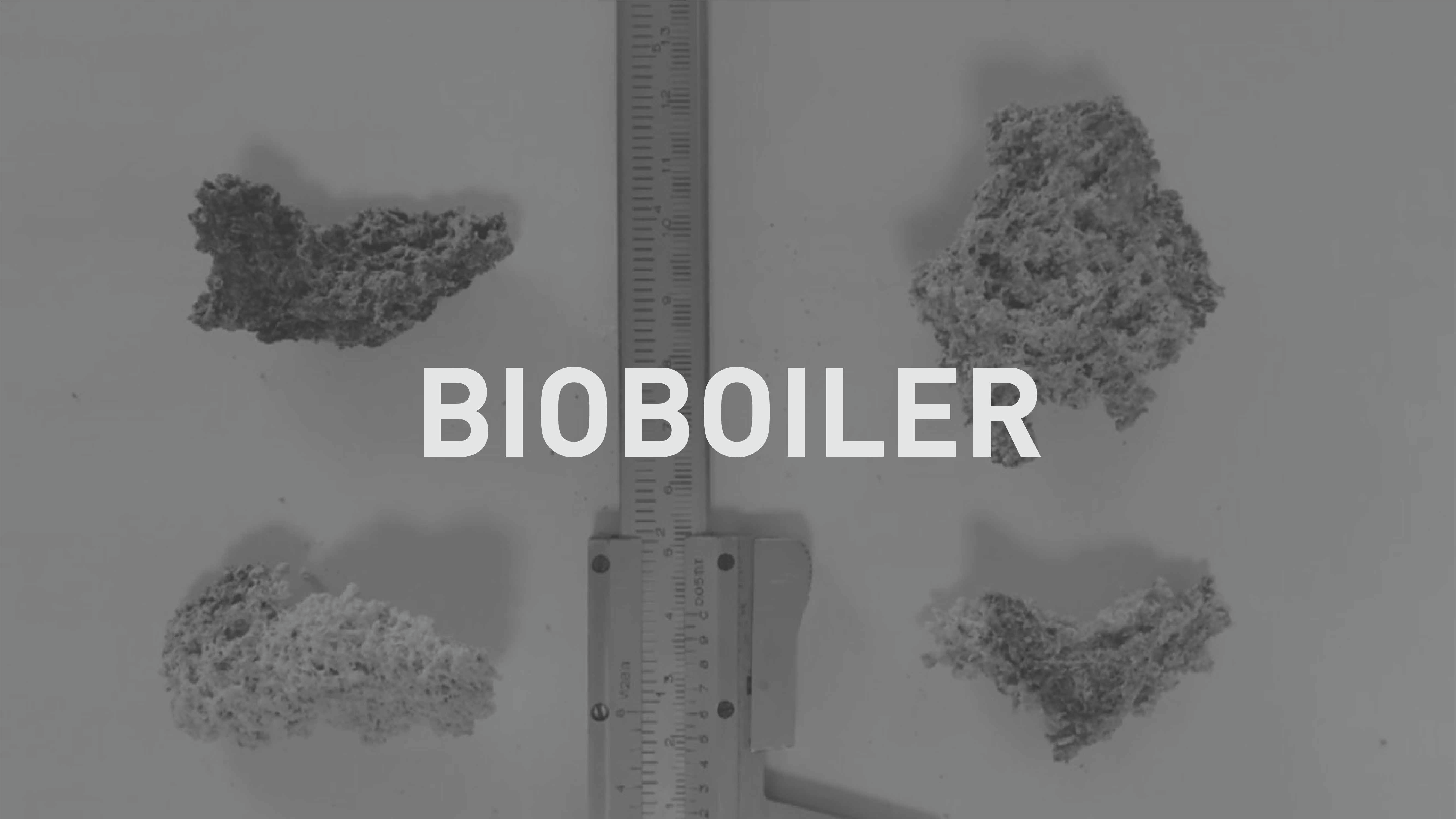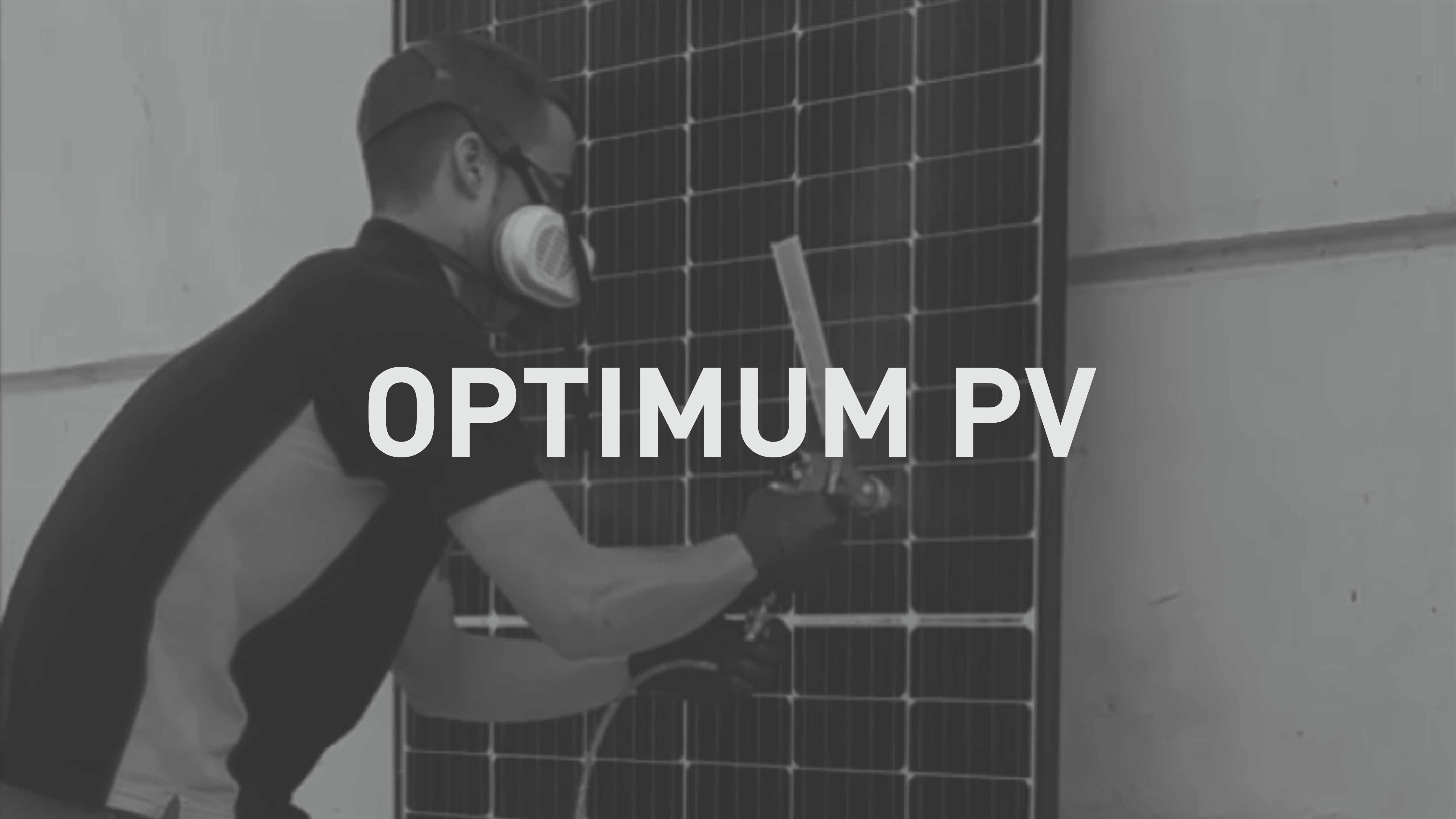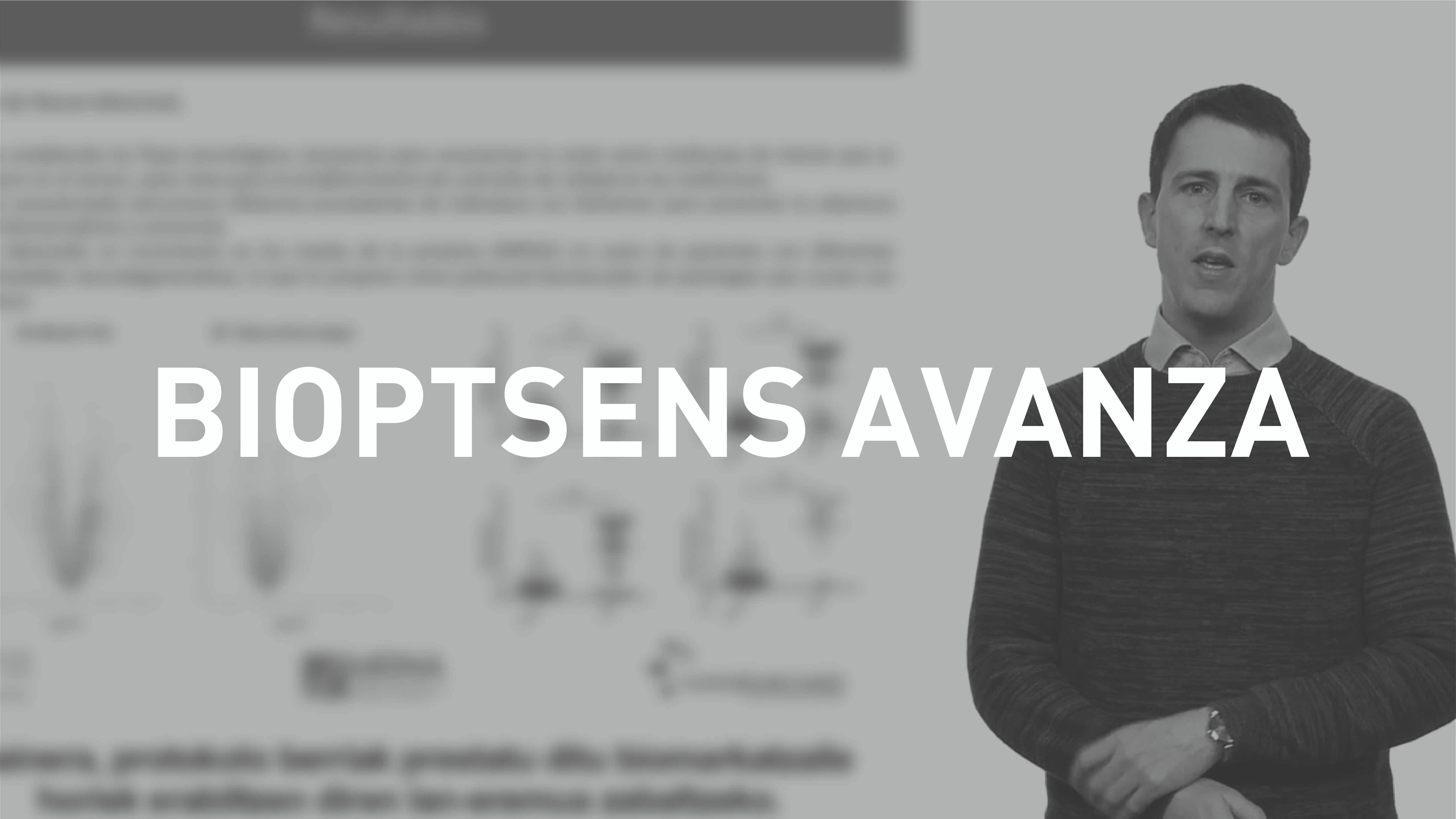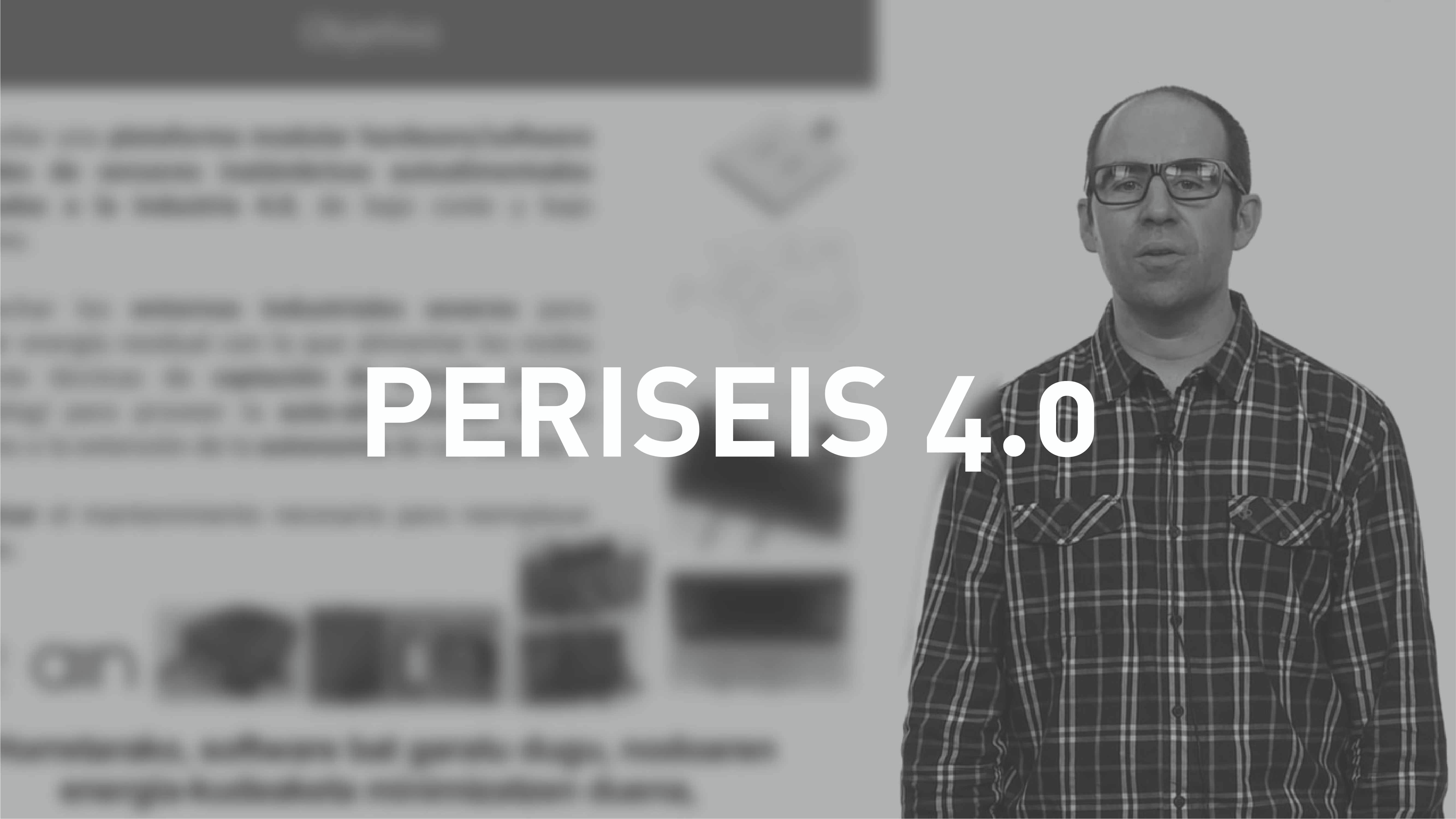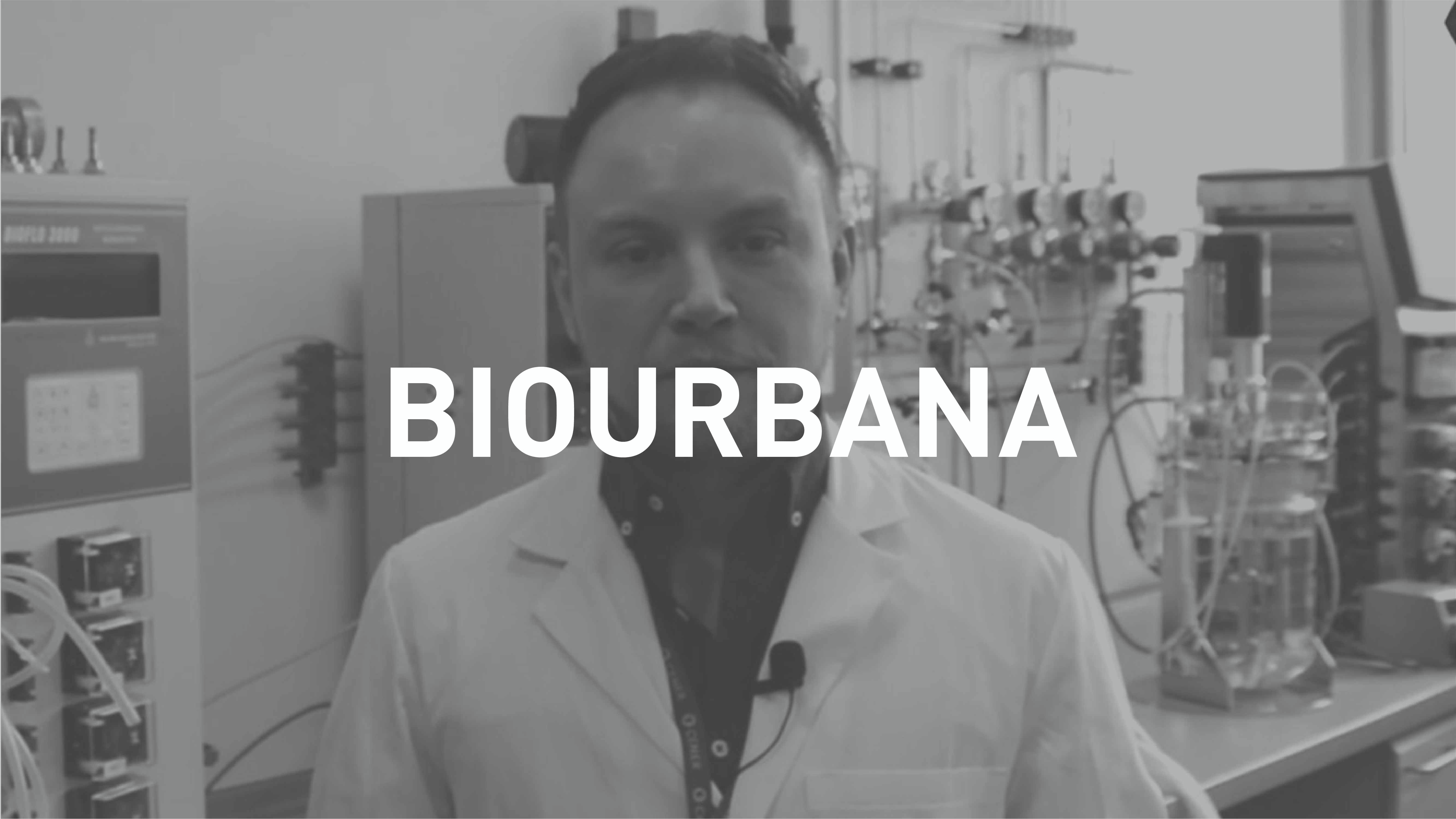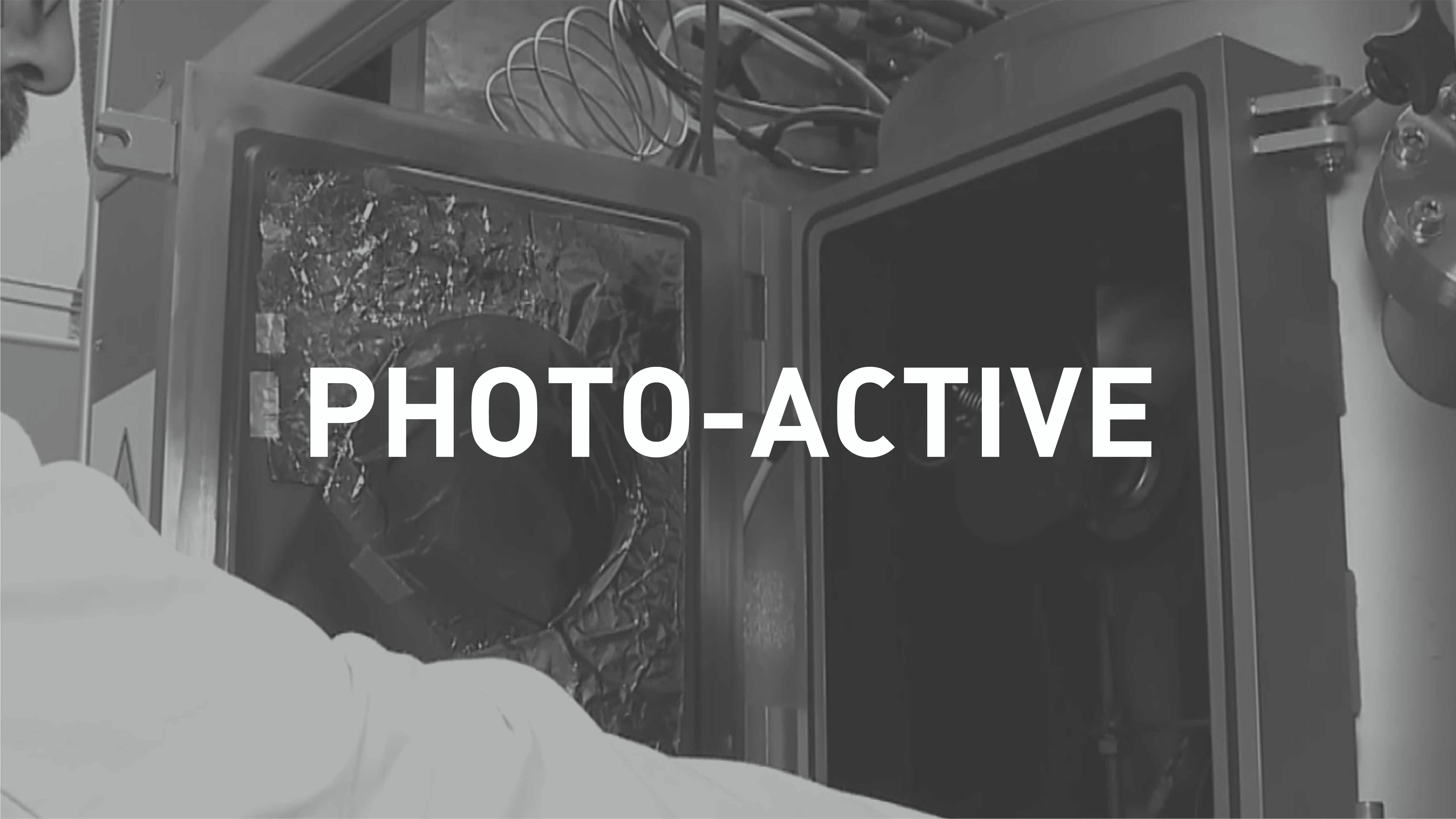Often times, this kind of lighting is made using yellow phosphors deposited on the surface of blue LED diodes that interact with the light emitted by the devices. Those phosphors are based on particles with a complex composition of mixed and doped oxides. Those formulations are often obtained using complex reactions in a solid state at very high temperatures (>1600ºC), which limits the dimensions of the phosphors to a size between 0.5 and 5 microns and, therefore, their luminescent properties, which means the maximum theoretical lighting efficiency has still not been achieved. Thanks to quantum confinement, a decrease in the size of the particle to the nanometric range would be translated into nano-phosphors with unique and improved properties and, precisely, this project, NOVOLED, is focused on developing those materials.
On the other hand, the breakdown of the coatings used to house the phosphors and the phosphors themselves causes instability in the colour temperature of the light emitted, making the quality of light decrease over time. On top of that, there are limitations due to the lack of a red component in the light, which results in a low chromatic reproduction index that interferes with accurate colour perception.
Consequently, the NOVOLED project has proposed a collaboration between the Lurederra Technology Centre and the Public University of Navarre to tackle the problems mentioned above.
Numerous advances can be highlighted from the first year of the project.
✓ The production process was optimised by using flame spray pyrolysis (FSP) for the YAG:Ce compositions and the formulations that make up the dopants that complete the red component of the white light emitted. That confirms the validity of the process for the production of complex nanoparticle production and for scaling up production.
✓ The characterisation of the nanoparticles was completed from the optics point of view to confirm their usability.
✓ Different matrices have been selected that can house and protect nanoparticles without interacting with the light emitted by the modified LED diodes.
✓ It has been possible to modulate the light from blue to white, thanks to using different proportions of the YAG:Ce nanophosphors developed.
✓ Red dopants have been chosen based on QDs of CdSe, which have been mechanically produced and incorporated into the YAG:Ce composition developed. We were able to get the light emission of the LED diodes that have that mixture close to white.
It is also worth mentioning that the close collaboration between the partners has made it possible not just to meet the challenges proposed by the NOVOLED project, but to open new lines of research aimed at designing and producing nanoparticles based on complex metal oxides that may be important and that can drive new optoelectronic materials.



